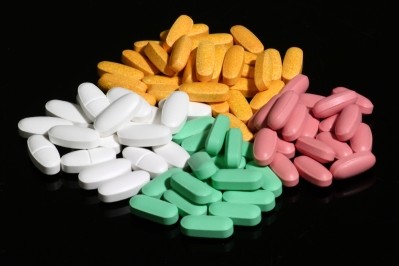Dispatches from AAPS
Spray drying often most applicable in bioavailability challenge, says Bend

In a series of presentations focused on translational pharmaceutics at AAPS 2013 yesterday, Dan Dobry – Vice President of Bend Research - spoke of how amorphous dispersions could increase bioavailabilty in preclinical and clinical formulation studies.
“There are multiple ways to make amorphous dispersions,” he told a packed room in San Antonio, Texas, but he focused on spray drying as in Bend’s view “it is the most applicable in a translational setting of the discovery of the clinical interface.”
Whilst hot melt extrusion can be very valuable in some cases, he continued, it is a little more narrow on the compounds it works for and it tends to use a more material and is more development intensive so applies more for late stage development.
He also spoke about the benefits of SDD in the manufacturing process as it is relevant for proteins and peptides as there is mild temperature exposure, the drying is very rapid and its commercial scalability, so “you can use it not only to tune your product for dosage forms, but also for inhalation.”
Last week, Bend – following its takeover by Capsugel – expanded its SDD capabilities and technologies with a $20m investment.
Amorphous Approval
Dobry also spoke of industry’s uptake and acceptance of amorphous dispersion in drug formulation.
“We’re getting to the point in this industry now where we don’t have to make excuses to whether or not amorphous dispersions are relevant,” he said, as there are numerous products on the market.
“[Bend has] advanced hundreds of compounds through preclinical and in vivo studies and shown they have worked” and “dozens of compounds into clinical studies all the way through to commercialisation.”
A review article published last year by Ann Newman on ‘Assessing the Performance of Amorphous Solid Dispersion’ “basically concluded that 80% of the time they were used it showed improved bioavailability over a standard or crystalline form,” Dobry said.
“Our conclusion after reading it was that the other [20%] probably weren’t BCS II [high permeability, low solubility] compounds and so there were some other problem that needed to be solved, and the conclusion is that the technology works."
















